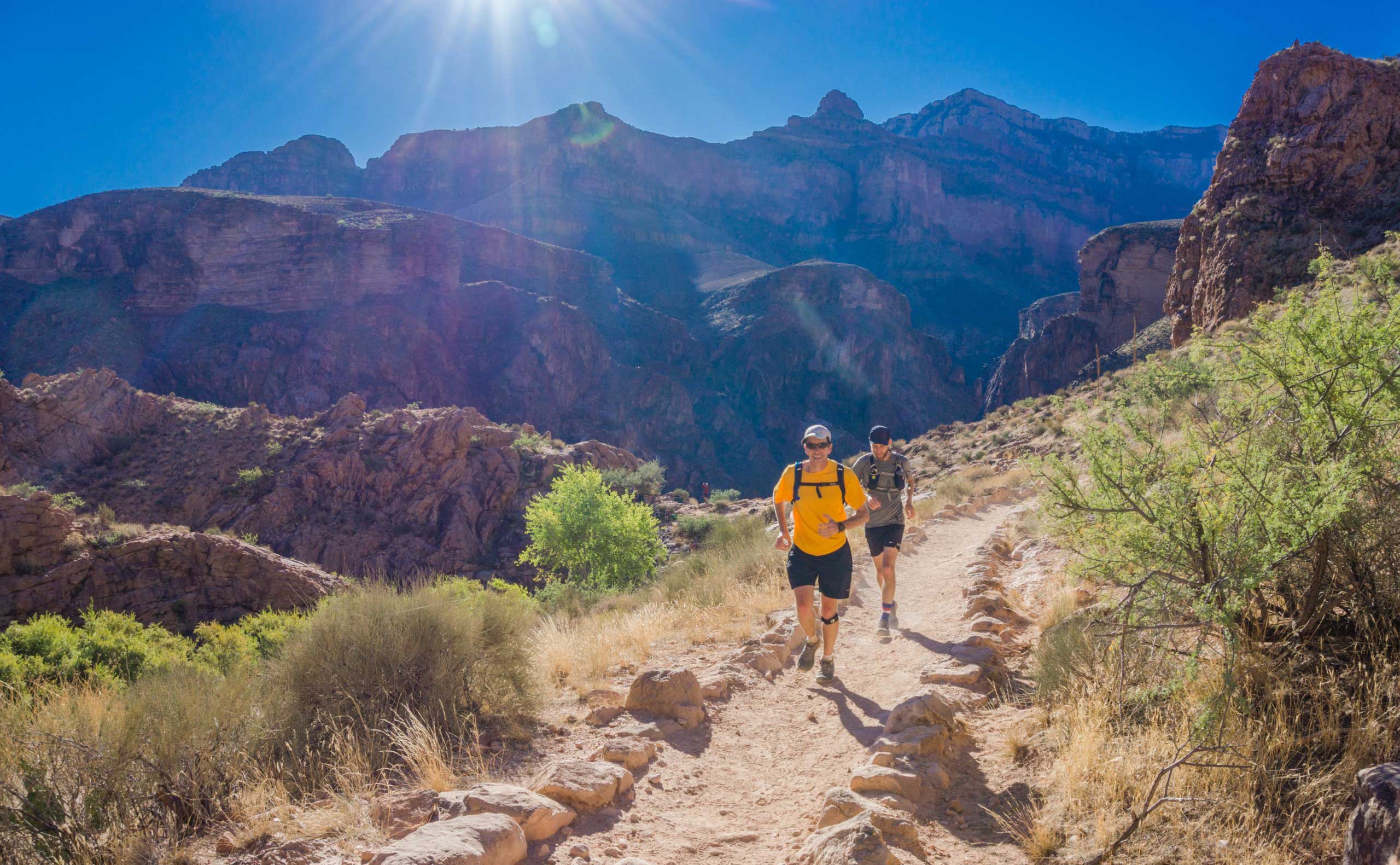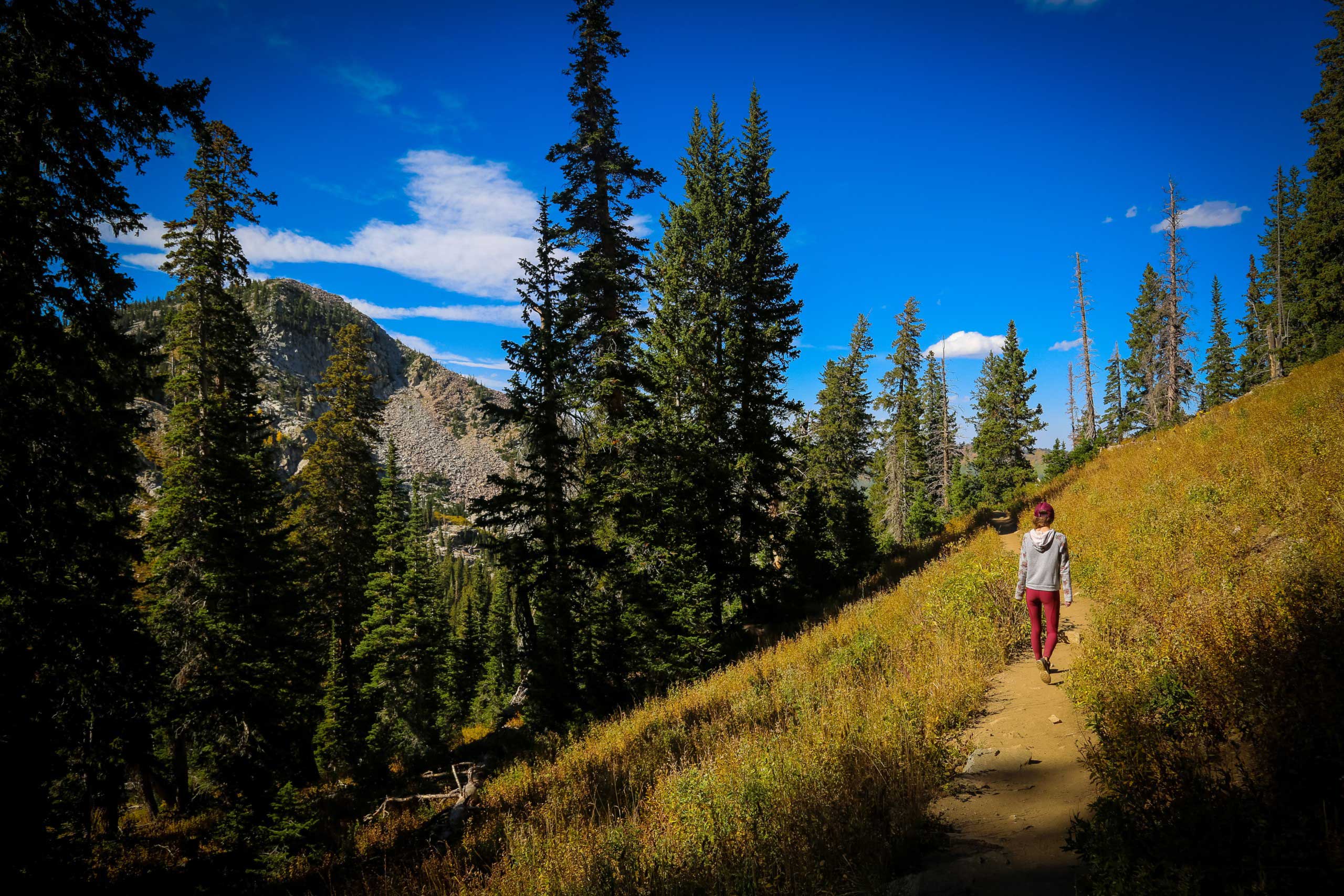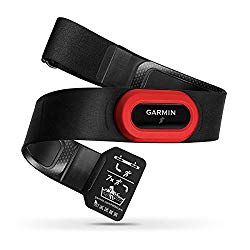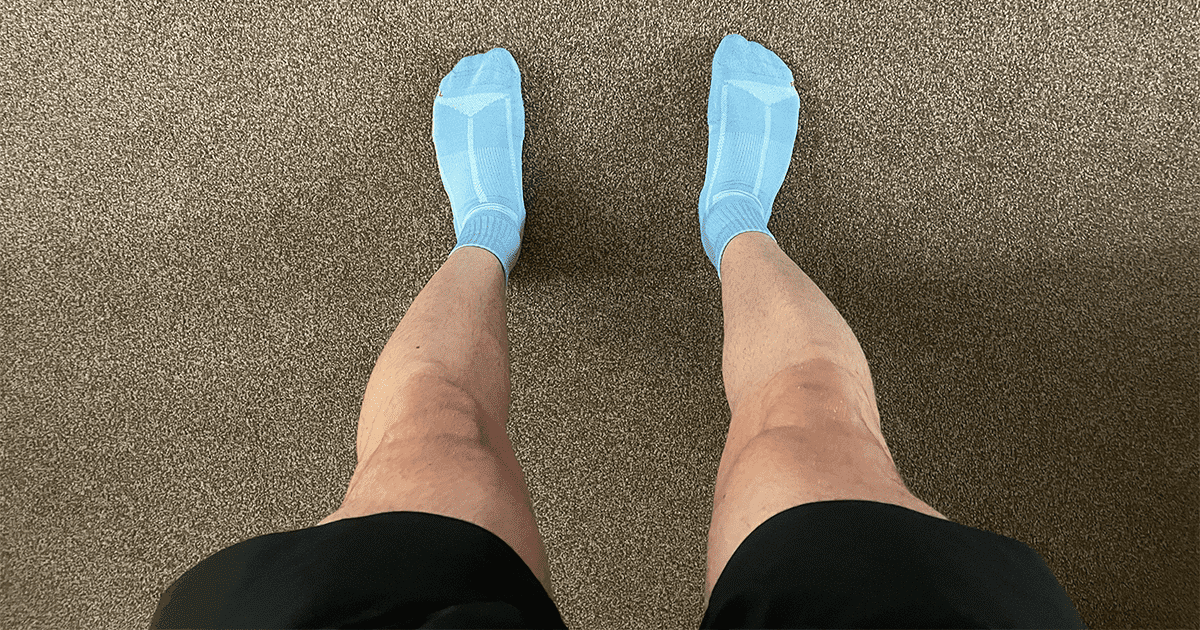New to trail running? Here’s 7 things you should know
Recently started trail running? Here’s seven useful pieces of advice to make your life less of an uphill climb.

If you’re new to jumping rocks, getting lost, and being caught in awful weather, first off, congratulations. You’ve begun arguably at least by our judgement, one of the greatest sports of all time!
As a beginner, you may have noticed trail running to be slightly different and rather uphill in comparison to regular road or track running. Whilst you may be struggling now, it will become less of an uphill battle, and you’ll soon find your footing. After all, practice makes perfect.
However, there are a few pieces of advice to make the transition to trail running that little bit easier. We’ve gathered together seven things you should know as a beginner to trail running, hopefully making your experience that little bit more enjoyable.
Related: 7 Reasons why you should start trail running.
1. Ditch the pace
Forget the pace. While road and track running may be entirely pace oriented, running on the trails or fells is entirely different. This is due to the difference in terrain, elevation, and obstacles in which you’ll face.
Related: A beginners guide to fell running.
In fact, all you’ll achieve by running at a set pace is that you’ll fatigue much quicker than running by perceived effort. Running by perceived effort will prevent you from burning out too early while leaving it to your own judgement as to whether you want to run a sub 6 mile up those 12% inclines.
Another alternative to running at perceived effort is to run by heart rate. Running with a heart rate monitor or GPS watch with a built-in wrist heart rate monitor also measures effort, more precisely how many beats per minute and how hard your heart and body is working.
*This post contains one link to an Amazon product. As an amazon associate, we will earn a small percentage on qualifying purchases to keep the site running. To find out more, please click here.
Garmin HRM-run heart rate monitor strap
Training with a mix of heart rate training and perceived effort is our preferred method when hitting the trails. This offers a guideline to follow while leaving it in your complete control.
2. Adjust your pace accordingly when hitting the trails
Now I know we said to ditch the pace; however, you do need to adjust your pace or shall we say ‘effort’ accordingly. You can’t run the same speed on the flats as you can on the climbs. If you do, you most likely won’t be running for very long.
Instead, you must adjust where necessary. For example, you may be able to run a comfortably hard pace on the flat and instead slow down when it comes to tackling the uphill. You’re not necessarily changing your effort, instead changing your speed to prevent fatiguing early on.
This also works for running downhill. Many runners enter a debate on whether or not you should run fast downhill when trail running or instead to run slow to reduce the impact on your joints.
Ultimately this is down to personal preference. However, when racing on the trails, you’ll shave valuable seconds off of your competitors if you increase your speed and ‘safely’ bomb down those hills.
3. Always be aware of your surroundings when trail running

It may come as no surprise, but you need to become increasingly aware of your surroundings when trail running.
Unlike road running where your obstacles are relatively clear: cars, traffic, and pedestrians, you instead need to look out for loose rock, slippy underfoot, steep drops, and the inevitable mountain bike flying past.
The best way to remain aware is to simply always look ahead and slightly down. You’ll be able to see where you’re going without making a wrong turn and taking a tumble by kicking a rock or taking a detour into a nearby bush.
4. Make sure to wear proper trail running shoes
If you haven’t already, now’s the time to invest in a proper pair of trail running shoes. Trail running shoes offer increased traction, stability, and durability on the trails compared to your regular old road running shoes.
Related: Top 10 affordable fell running essentials.
Road shoes are made to grip roads not loose rock, mud, and anything in-between. Wearing a pair of road shoes on the trails is a recipe for disaster, or more like a fall. Ensure to invest in a high-quality pair from reputable brands such as Salomon, Inov8, and La Sportiva.
5. Don’t just run, hit the gym too!

If you’re looking to improve your trail running much quicker, you should consider hitting the gym and performing strength work, and yes, this does include core training.
Training in the gym once or twice a week will dramatically improve your running. Not only will you strengthen muscles to power you up those hills you’ll also even out muscular imbalances, reducing your risk of injury.
If lifting weights isn’t for you, you can still receive all the benefits by instead performing circuit training. If you’re looking for a beginners circuit session, you can check out our 5 move circuit training blog post for beginners here.
Don’t neglect the core. While we may not all be aiming for a six-pack, regularly core training will work wonders for your running. A strong core will improve stability and balance while running – especially important while navigating steep descents and narrow winding paths.
Related: 6 core exercises for stronger, injury-free running.
6. Take the time to recover from each and every trail run
If you’re new to trail running chances are you’ve already experienced the famous trail running DOMS (delayed onset muscle soreness) and may have even struggled to get up the stairs the next day.
Due to the increased demands in which trail running entails, you’ll want to take extra time off from running or alternatively work in a few extra easy days. Training on the trails too frequently and too hard will only result in injury.
Don’t let it get to that point. Always listen to your body and know when it needs rest. If you’re unsure, it’s better to be extra cautious and throw in a few extra easy days into your training plan to still reap the benefits while preventing yourself from being side-lined.
7. No two trails are the same
While you may be able to conquer one trail, this doesn’t go to say you’ll be able to master them all. Each trail is unique in its own way, one may have steeper climbs while others may have slippy and treacherous descents.
You must treat each trail with respect. Take your time, enjoy the scenery, run by feel not pace and most importantly remain aware of your surroundings at all time.
The bottom line
If you’re new to trail running there are a few tricks you can incorporate to make your life that little bit easier. If you were take anything from this article, we’d suggest running by effort and investing in a proper pair of trail running shoes.

Matthew is a lifelong runner, chief tester of all products, the founder of Running101, and freelance content writer for active brands. When he’s not writing, he enjoys lifting weights, cycling in the Lake District, and watching fast cars drive in circles on a Sunday. He also has a BA in sport, exercise and physical activity from the University of Durham.





